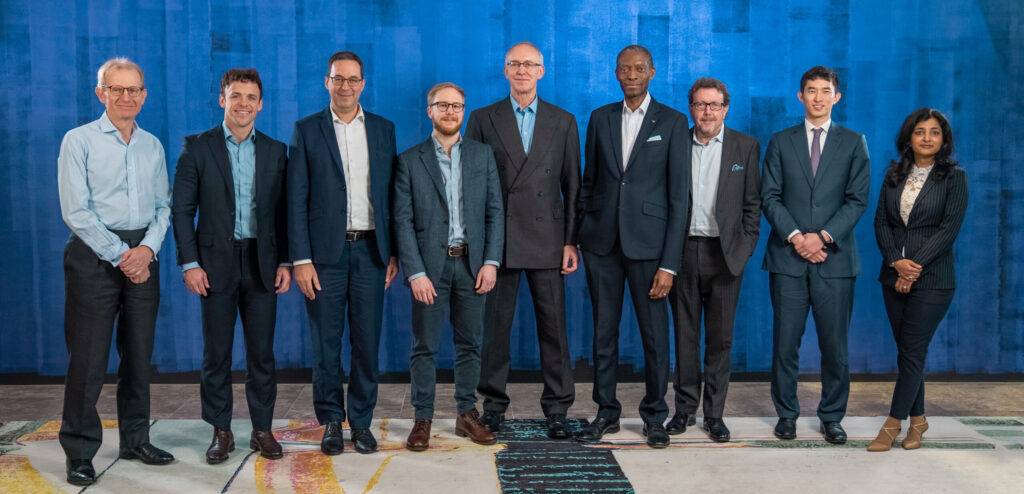The Protection market is at an inflection point and ripe with possibility. Ageing demographics, the proliferation of user data, and demands for a more customer-centric market have created a huge opportunity for life insurers to build revenues and loyalty by playing a more meaningful role in people’s lives.
There is also mounting pressure to adapt. The technological possibilities combined with market dynamics are creating new competitive paradigms. Regulators are also piling on the pressure, with the UK’s Consumer Duty standard coming into force at the end of July and global regulatory change in other markets aimed at the same. Add it all together, alongside a relatively passive industry response, and you have an explosive mix of risk and a fair amount for carriers to be concerned about.
However, while change might appear hard to a market arguably laggard or slow to transform, this industry has a clear opportunity. The technology foundation and business model changes needed are all well-proven in other industries and, increasingly, other insurance verticals. We are at the point where reducing the cost of change and exponentially improving the adaptive capability of these insurers are now entirely compatible.

By employing the technical foundations from e-commerce, where they operate around the customer, data-fluid and intelligent whilst integrating with a wider ecosystem means Protection businesses can address the myriad headwinds banging at their door. The challenges of stagnating legacy books and ageing demographics. The plight of the under-insureds and the potential of the growing SME market. The need for developing lower complexity schemes and the requirement for a much better ecosystem to support these.
Growth the Right Way
The proof is in the performance benefits that come from transformation. The market is seeing incredible engagement rates when:
- It’s easy for insurers to integrate seamlessly with tech that drives the creation of bespoke and tailored propositions that are straightforward to derive for a particular client (even segmented within a group scheme).
- The personalisation and communication process is integrated into the client environment and throughout the lifecycle of the insurance proposition itself.
Together they are driving the activation of health benefits and other support services, making it an added employee satisfaction driver.
When all this happens, we see fully digitised enrollment rates reaching upwards of 80%. This often requires a shift in the business and technology model, creating a fully digital, real-time and integrated experience and bespoke propositions that make it seamless for the customer, personalised, and merely clicks away from realisation. Whether on the well-earned walk between virtual meetings, on the commute into the office or at the desk.
It’s such a major opportunity and requirement that brokers demand carriers explain their API technology during the bidding process to win their book of business. They want to know how carriers intend to integrate with their data ecosystem and address the employees in a personalised way whilst recognising the unique schemes and benefits they are seeking to provide.
As a software provider, this is exactly the same conversation we’d expect to have. We must explain our ecosystem-enabling technology and why API technology in a data-fluid, rules-based platform built around a customer is the winning formula for success. To be successful, the business and technology must be in complete alignment.
Lower Cost of Change Driving the Adaptability Needed
Technology is only useful if it increases efficiency and lowers costs. Otherwise, what is the point of it? Lowing the cost of system maintenance and servicing customers is vital. As is simultaneously developing higher value propositions that grow and adapt to customers’ demands while developing more products that help integrate health services, retirement planning and even after-death services.
These have now become mainstream objectives in carriers. As is addressing emerging opportunities in distribution, e.g. entering the SME market or integrating better with open banking to form better triggers for cover consideration, and so on.
What’smore there are clear signs of transformation on the horizon across the industry as it seeks to expand market share and address new market potential. However, the cost of technology-driven change is becoming a significant barrier to progress due to legacy and heavily customised in-house systems.
The key to changing this paradigm is establishing the right technology foundations. A lot of investment has already been made in various aspects of the insurance ecosystem, but there is much more to do. Product capability must be built around the customer. It must be highly configurable and easy to integrate with, simultaneously unlocking huge value in automation and decision-making. This must happen from making product adoption easy to straight-through processing a claim.
In addition, the regulatory pressures with the advent of Consumer duty now demand this to be addressed. There is, therefore, significant pressure and a need to change. The competitive marketplace also needs to shift from price lead to value lead. Group protection has the opportunity to support health, retirement planning, after-life care and many other areas. Creating new value potential for them and their customers, winning new business and making the most of existing clients.
An Industry Lifeline
The current market drivers, like the Consumer Duty standard, are really just about making insurers act more responsibly towards the customer. But they also fundamentally raise opportunities for Group Protection businesses.
Creating “customer as the channel” – open ecosystems that shift scheme provision from a “static” product to one that is interwoven into customers’ (employee) lives and interoperates in the client’s (the business) ecosystem – is within reach. There’s now a technology foundation opportunity to match these business drivers and unlock the huge potential found within.










